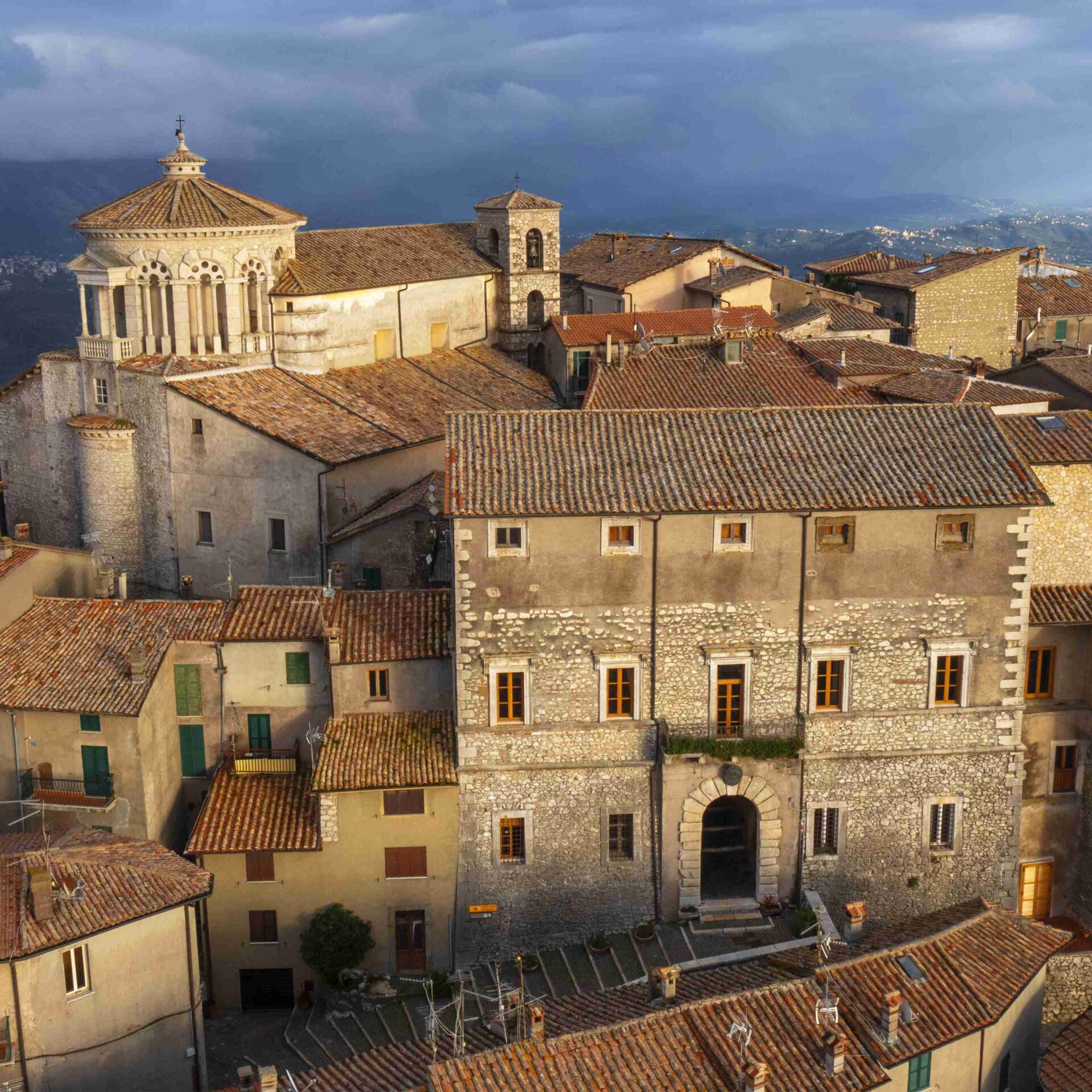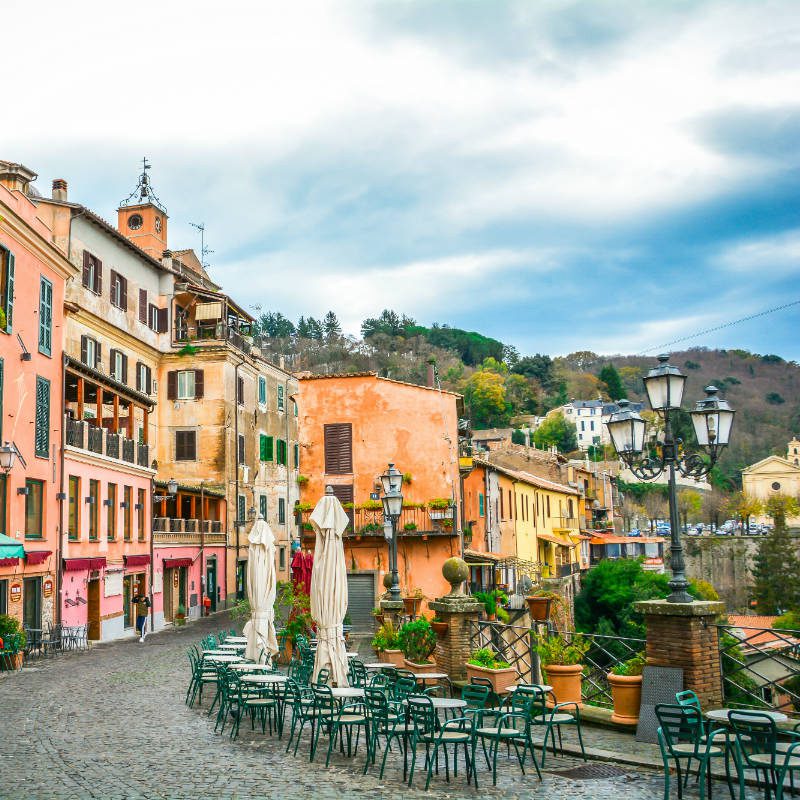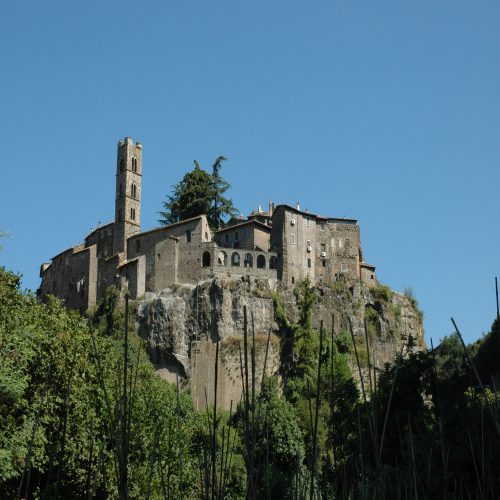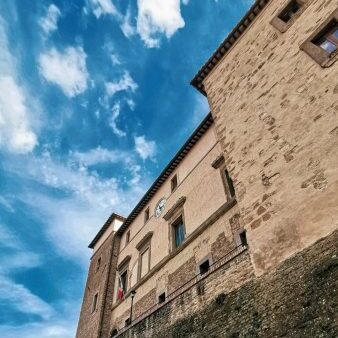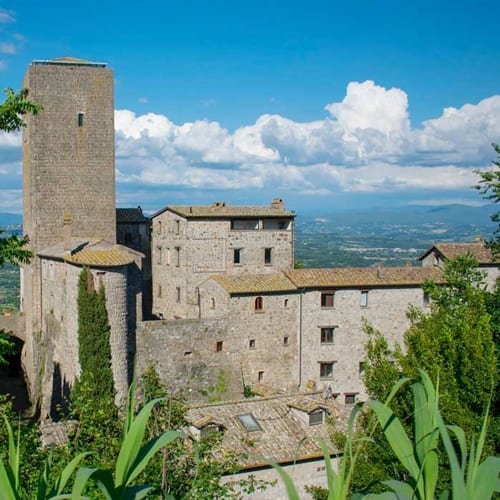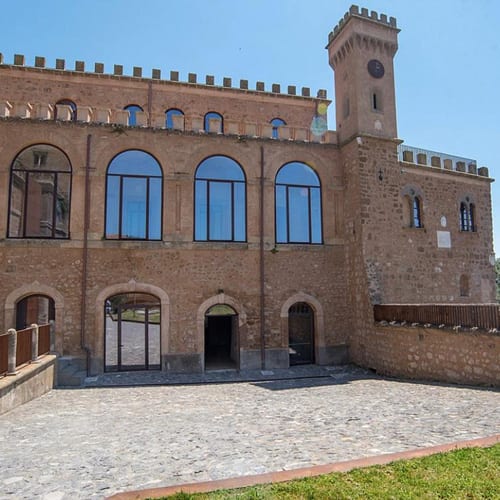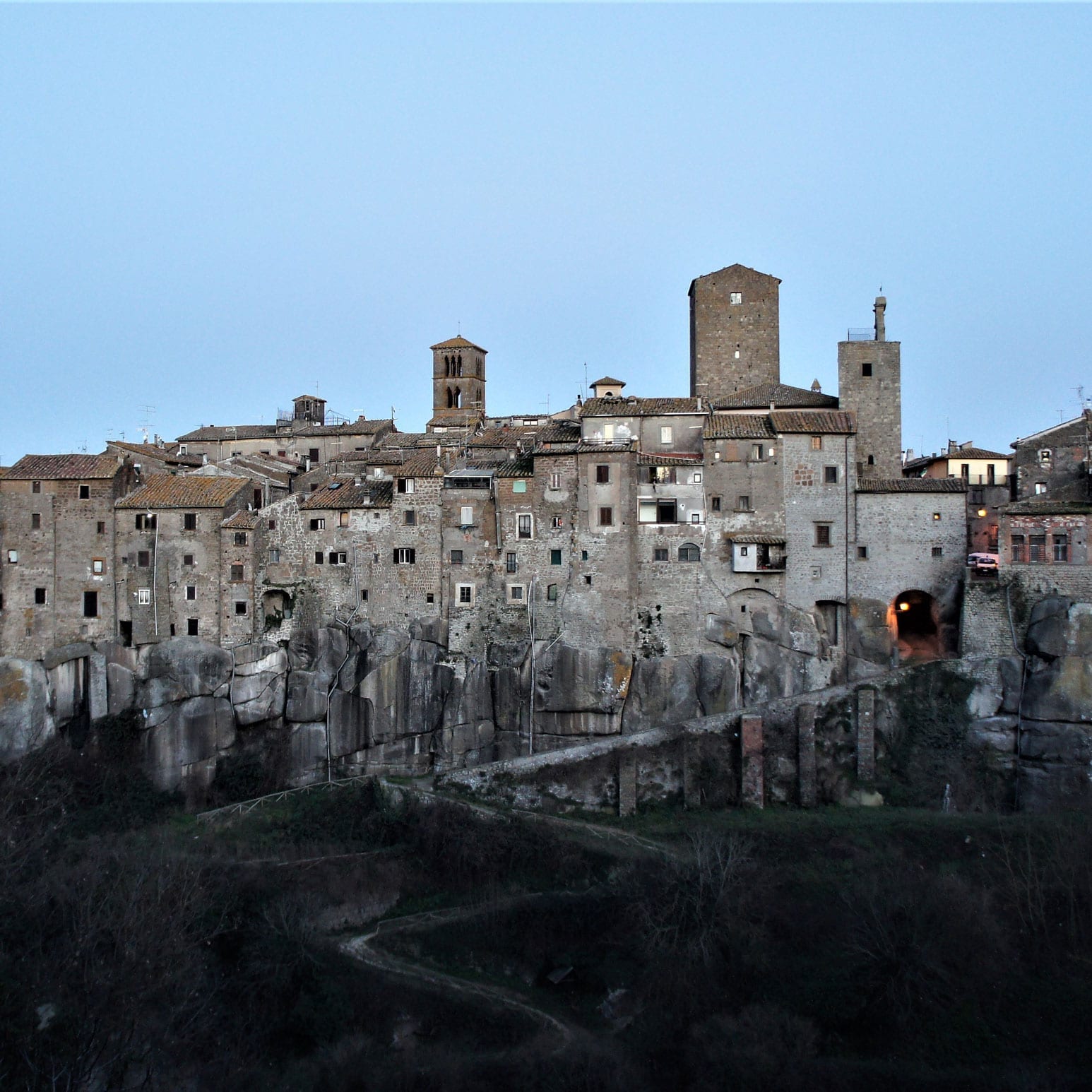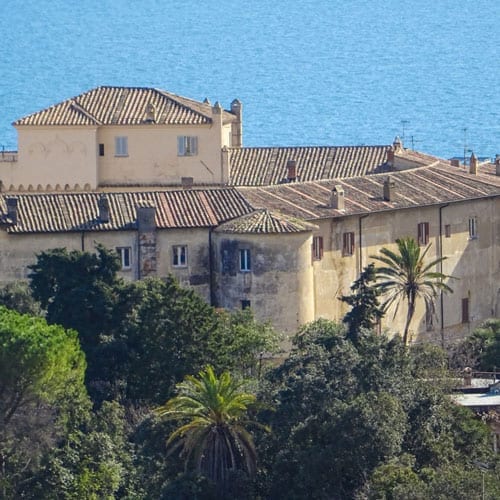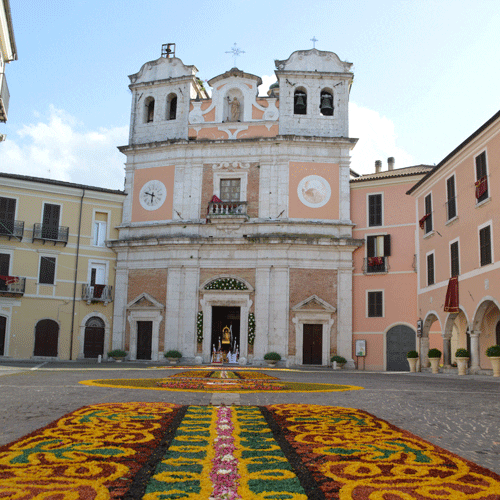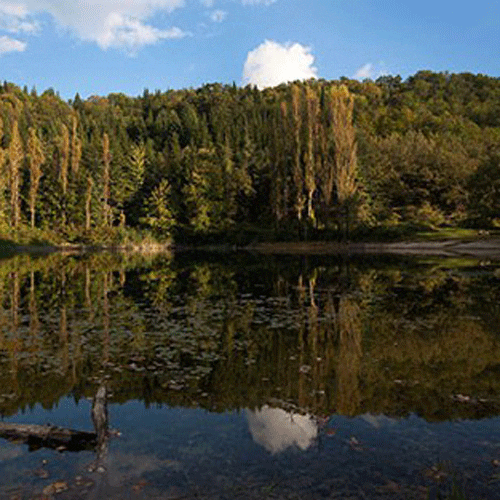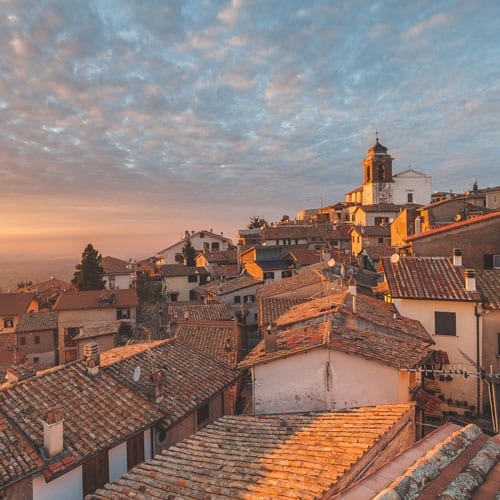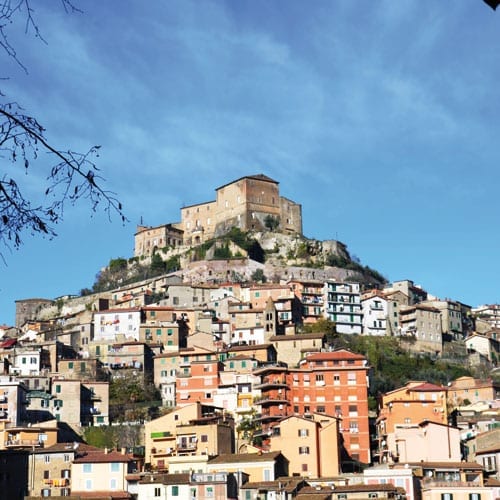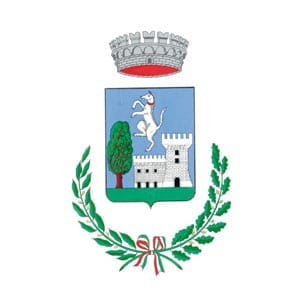 Orvinio
Orvinio
MUNICIPALITY OF orvinio
(Rieti District)
Altitude
mt. 840 a.s.l.
POPULATION
427
TOURIST INFORMATION
Pro Loco, piazza del Comune, 3 – Ph. 3348535275
prolocodiorvinio@gmail.com
Town hall, via Nuova 19 – Ph. 0765 92007
www.comune.orvinio.ri.it
 The ancient name of this medieval borgo was Canemorto (“dead dog”), which traditionally was attributed to Charlemagne’s armies who called “dead dogs” the looser Saracen troops. With the advent of the Kingdom of Italy, in 1863 the town was called Orvinio, due to the non verified conviction that Canemorto rose from the area of the ancient Sabino-Roman town of Orvinium, cited both by Marco Terenzio Varrone and Dionysius of Halicarnassus (I cent. BC).
The ancient name of this medieval borgo was Canemorto (“dead dog”), which traditionally was attributed to Charlemagne’s armies who called “dead dogs” the looser Saracen troops. With the advent of the Kingdom of Italy, in 1863 the town was called Orvinio, due to the non verified conviction that Canemorto rose from the area of the ancient Sabino-Roman town of Orvinium, cited both by Marco Terenzio Varrone and Dionysius of Halicarnassus (I cent. BC).
The Sabin borgo of Orvinio is the highest town in the Monti Lucretili Park, it is in a panoramic position, a place where you can breath mountain air, full of historical and artistic memories due to the many artists born and hosted here, and above all it is interesting for the Churches. On the hilltop on the higher side of the borgo you will find the Church of Santa Maria dei Raccomandati, built in the second half of the sixteenth century, where you can find work by artists such as Vincenzo Manenti and of his father Ascanio, both of whom are buried here.
The Church of San Giacomo, designed by Gian Lorenzo Bernini, was erected in 1612, commissioned by Baron Giacomo Muti. It has an octagonal plan and it boasts paintings by Vincent Manenti in its two side altars. The talented local painter also worked in the Church of Santa Maria di Vallebona, located in an old hamlet just a few miles away from Orvinio, along the road to Scandriglia. The church was built in 1643, and even here the artist expresses through his work the Christian devotion of his clients.
There is, in all of these churches, in the semi-dark atmosphere of the sacristy that reveals ancient feelings, something that comes from the silence and begins to talk. In the old town there are still parts of the old walls with its defensive towers and some residential Renaissance constructions. The castle, built for defensive purposes around the year one thousand, was enlarged by the Orsini family in the sixteenth century.
The typical potato, but also honey and spelt, whose cultivation, after being abandoned for a long time, has recently been resumed, are excellent.


